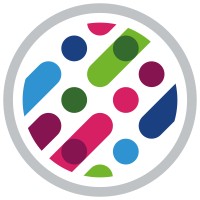
American Scientist
Award-winning magazine American Scientist is an illustrated bi-monthly publication about science, engineering and technology. It has been published by Sigma Xi, The Scientific Research Society since 1913. Each issue is filled with feature articles written by prominent scientists and engineers who review important work in fields ranging from molecular biology to computer engineering. Readers also enjoy the Scientists' Nightstand and a number of other items that cover topics in computing, engineering, public and professional issues, and reflections on the history and practice of science. Full access to the site is provided without additional charge to Sigma Xi members and institutional subscribers, who arrange site licenses. Individual subscribers can choose between print and digital versions, or a combination of both. More information about subscriptions can be found here: http://www.americanscientist.org/subscribe/. Sigma Xi, The Scientific Research Society's LinkedIn page: http://www.linkedin.com/company/sigma-xi-the-scientific-research-society






